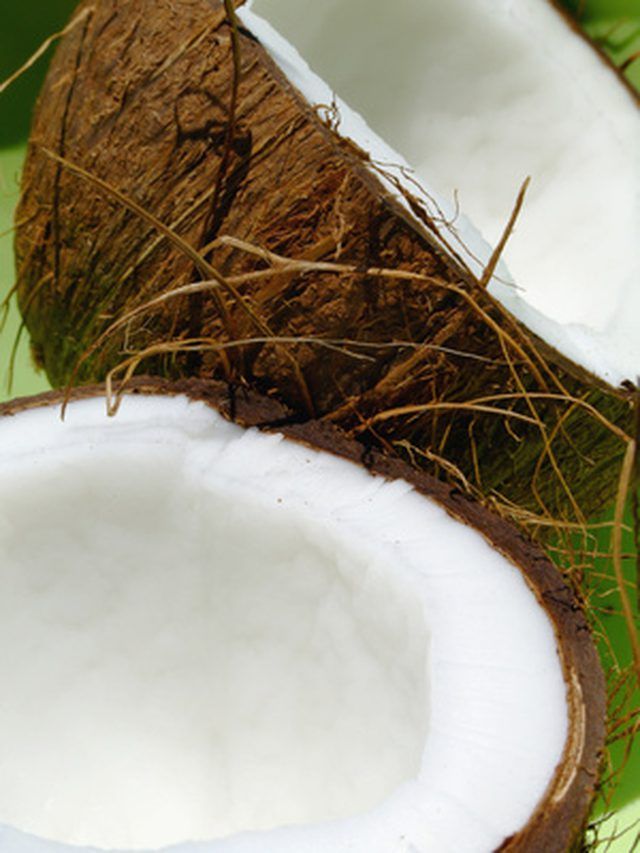Bulbs
Flower Basics
Flower Beds & Specialty Gardens
Flower Garden
Garden Furniture
Garden Gnomes
Garden Seeds
Garden Sheds
Garden Statues
Garden Tools & Supplies
Gardening Basics
Green & Organic
Groundcovers & Vines
Growing Annuals
Growing Basil
Growing Beans
Growing Berries
Growing Blueberries
Growing Cactus
Growing Corn
Growing Cotton
Growing Edibles
Growing Flowers
Growing Garlic
Growing Grapes
Growing Grass
Growing Herbs
Growing Jasmine
Growing Mint
Growing Mushrooms
Orchids
Growing Peanuts
Growing Perennials
Growing Plants
Growing Rosemary
Growing Roses
Growing Strawberries
Growing Sunflowers
Growing Thyme
Growing Tomatoes
Growing Tulips
Growing Vegetables
Herb Basics
Herb Garden
Indoor Growing
Landscaping Basics
Landscaping Patios
Landscaping Plants
Landscaping Shrubs
Landscaping Trees
Landscaping Walks & Pathways
Lawn Basics
Lawn Maintenance
Lawn Mowers
Lawn Ornaments
Lawn Planting
Lawn Tools
Outdoor Growing
Overall Landscape Planning
Pests, Weeds & Problems
Plant Basics
Rock Garden
Rose Garden
Shrubs
Soil
Specialty Gardens
Trees
Vegetable Garden
Yard Maintenance
The Difference Between Palm Trees & Coconut Trees
The Difference Between Palm Trees & Coconut Trees. The palm tree family, a group of flowering plants, consists of approximately 200 subdivisions and around 2,600 different subspecies. The coconut tree (cocos nucifera) is one type of palm tree, probably one of the most well known.
The palm tree family, a group of flowering plants, consists of approximately 200 subdivisions and around 2,600 different subspecies. The coconut tree (cocos nucifera) is one type of palm tree, probably one of the most well known.
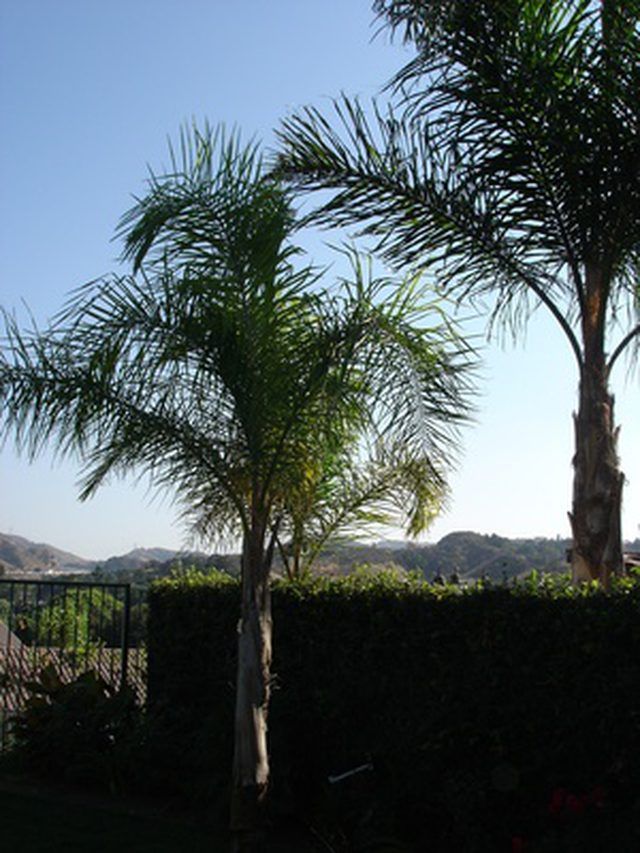
Most palm trees grow in tropical and subtropical conditions and warm temperatures. This gives them a huge range, from deserts to rainforests. Coconut trees are also widespread and commonly found throughout Asia and America. The coconut palm tree has been cultivated in India for around 4,000 years.
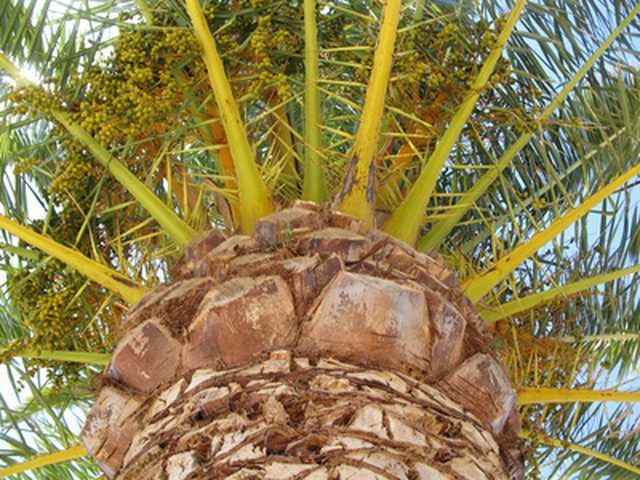
Most experts believe that the coconut tree originated in southern Asia, while some claim it is from South America. Ancient fossils have been found in New Zealand, Karnataka, Rajasthan and Thenpennai, with the oldest recorded in Khulna, Bangladesh. A likely candidate for the earliest documented coconut plantation is in the Culawamsa, which refers to the coconut garden belonging to King Aggabodhi (575-608).
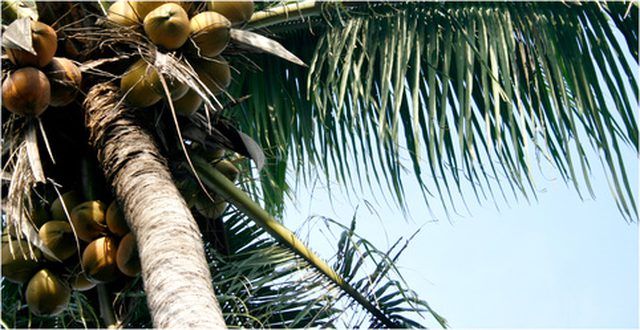
The palm tree is a distinctive land plant with woody stems and leaves that pleat when blooming and later split apart. The coconut tree shares these characteristics, but also bears the coconut fruit. Other types of palm trees bear fruit, such as the date palm (phoenix dactylifera) and the queen palm (syagrus romanzoffiana), whose fruit is a similar, smaller version of the coconut. In Madagascar another palm was recently identified--the beccariophoenix alfredii. It is almost identical to the coconut palm but can survive in cooler temperatures.
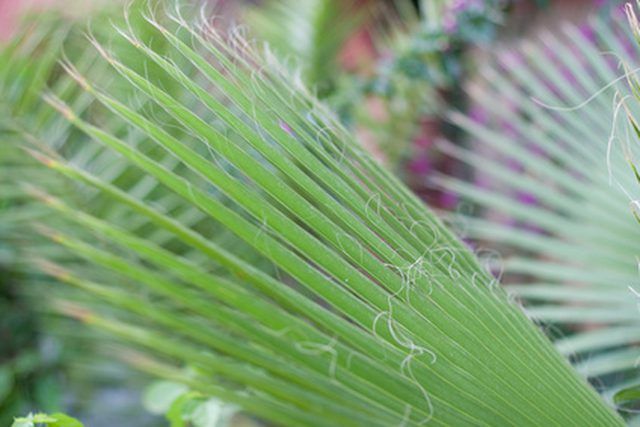
Most varieties of palm tree, including the coconut palm, prefer sandy soil, a large amount of sunlight and regular rainfall. In addition, coconuts palms require warm conditions and high humidity to thrive, and are tolerant of salinity but do not like cold weather. If their environment is not warm enough, they may be able to grow but will be unlikely to produce fruit. Frost can be fatal to the coconut palm.

The main difference between the standard palm tree and the coconut palm tree is that the latter produces the coconut fruit. This is a drupe rather than a nut. This means it consists of an outer skin (the exocarp), a succulent middle layer (the mesocarp) and a hard, woody inner shell usually enclosing just one seed (the endocarp). The endocarp is the hardest part of the coconut fruit. Both the white flesh and the milk of the coconut are tasty and nutritious.
